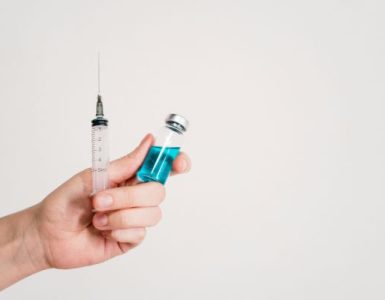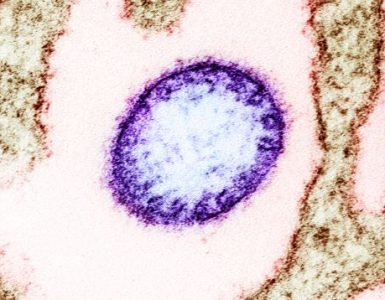In mid-2021, The Philippines Department of Health announced a 13% increase of Leptospirosis cases compared to the same period in 2020 with a case fatality rate of 11.4%. Global estimates are around 500,000 cases a year. This zoonotic pathogen infects different animal hosts which shed the bacteria through urine. Water contaminated by said urine may then infect humans. Preventive measures against infection are avoidance of contaminated waters and a weekly prophylactic dose of doxycycline.
Leptospirosis vaccines for animals are available worldwide but only China, Cuba and France have developed human vaccines against Leptospirosis. None of which are commercially available outside their country of origin. This is due to the >200 different Leptospira serovars worldwide that no one existing vaccine can protect against. As we await the discovery of a universal Leptospirosis vaccine, investing in existing vaccines that protects against serovars endemic to The Philippines can help reduce the burden.
Comment: Given the (probably) low incidence of leptospirosis, as well as the many serovars, there will not be a vaccine in the near future, perhaps never. At the same time – see the cholera outbreaks reported here – clean and safe drinking water would be of help — HJS
By Merlin Sanicas Aix-Marseille University Team Antibody Therapeutics and Immunotargeting at Centre de Recherche en Cancérologie de Marseille Laboratoire Adhésion et Inflammation

















